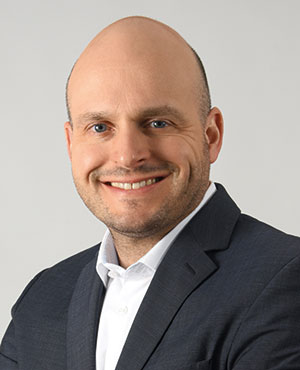Text Birgit Hagelschuer, Hans Robert Koch ––– Photography
ONE PLATFORM FOR ALL
Another advantage associated with this kind of design engineering approach is that everyone involved in the project is always working with the latest data – from operators using the viewing function to see the current status of the planning process through to suppliers who require information and developers working at different locations. Planning becomes more efficient, processes become more transparent, and errors caused by having different versions of data are avoided.
ALL VOLTAGE LEVELS CAN BE COVERED
In the mechanical engineering sector, the Eplan platform is almost exclusively used to plan and implement low-voltage electrical systems. “However, the software can also be used to plan complete transformer substations, including the medium- and high-voltage levels. Well-known enclosure planners have been making full use of this function for many years,” reveals Helms. When it comes to digital con-
tinuity in the planning and production processes, the connection with Rittal offers a further special feature – a close link between the software and hardware components, including enclosures, power distribution units and climate control systems.
STANDARD INDUSTRIAL PROJECT FOR A TRANSFORMER STATION
In collaboration with customers, Eplan has developed a transformer station with a medium- and low-voltage system that is available as a project in the Eplan cloud. This standard industrial project can be used to plan distribution stations, infeed stations and hybrid installations as well as storage systems for renewable energy – complete with a list of equipment that is typical in the sector. All that remains to be done is to customise the project if necessary. Standardisation thus speeds things up right from the engineering stage.
The data set also contains all the necessary information for modular Rittal system engineering and for subsequent machining using machinery from Rittal Automation Systems. This results in significant time and cost savings, standard-compliant design and a digital twin for operational use. “Eplan and Rittal are setting the pace when it comes to promoting this principle of standardisation for ever more applications,” explains Raphael Görner, Executive Vice President BU Energy & Power Solutions at Rittal.
LEARNING FROM INDUSTRY
A platform of this kind paves the way for an energy sector ecosystem that is equally useful to everyone from grid component manufacturers and enclosure manufacturers to systems integrators, planners and grid operators. “The approach long since adopted in industry of efficiently planning and manufacturing much larger quantities of standardised systems that have a great many variants is increasingly heading the way of the energy sector, too. It is therefore time to learn from the standardised and automated methods used by innovative industrial companies,” says Görner.
